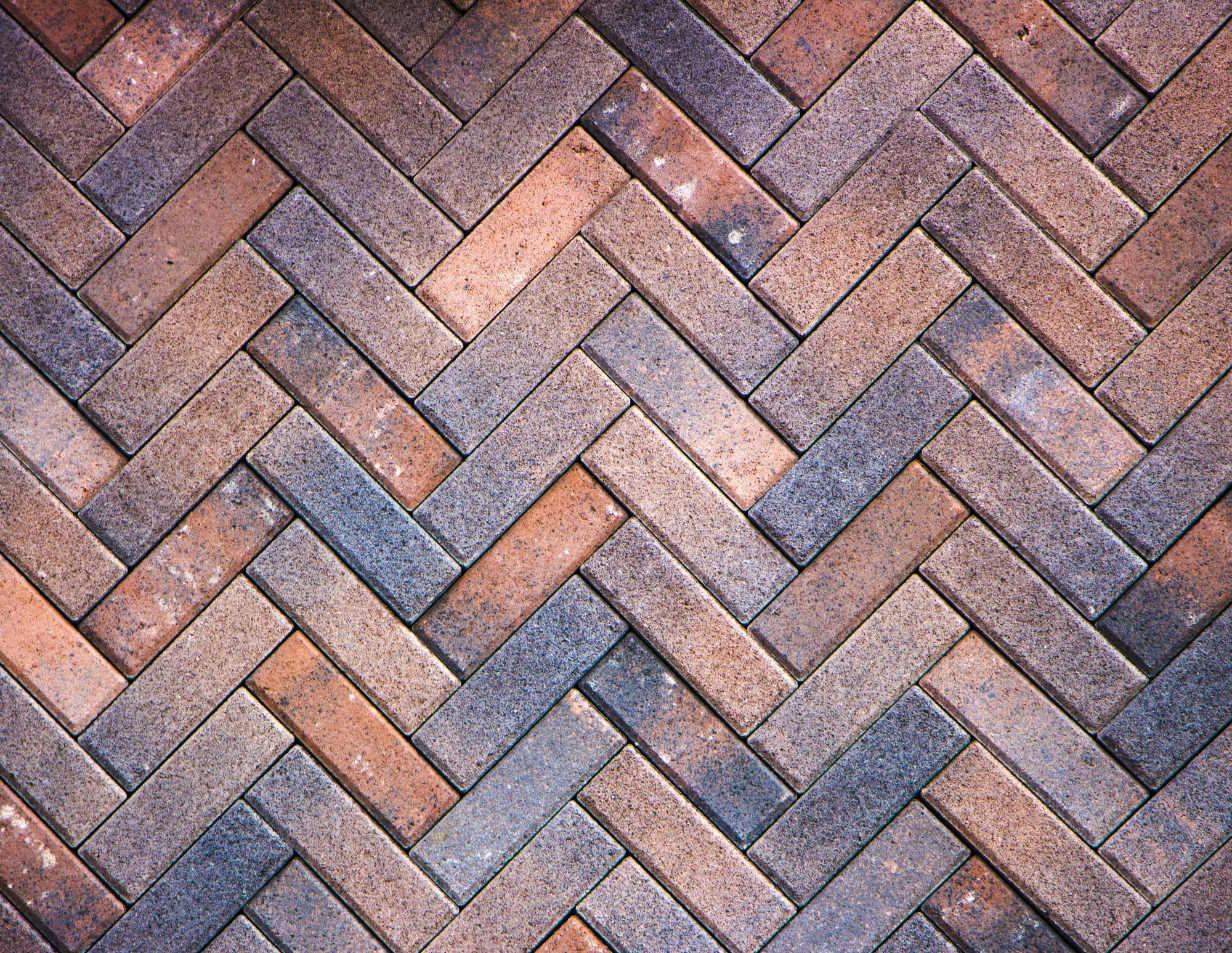
When designing an outdoor space, one of the critical decisions homeowners face is choosing the right material for their patio, driveway, or walkway. Pavers and stamped concrete are two popular options, each with its unique set of advantages and disadvantages. In this article, we’ll explore the pros and cons of pavers and stamped concrete to help you make an informed decision for your outdoor space.
Aesthetics
Pavers:
Pavers come in a wide variety of shapes, sizes, colors, and textures, offering endless design possibilities.
They can be arranged in various patterns, allowing for customization and unique visual appeal.
Pavers create a more natural, textured appearance, which can complement a range of architectural styles.
Stamped Concrete:
Stamped concrete can be designed to mimic the appearance of pavers, natural stone, brick, or even wood.
The use of color and texture can create a visually appealing and customized look.
However, stamped concrete may not look as authentic as pavers or natural stone, especially upon closer inspection.
Installation
Pavers:
Installing pavers can be labor-intensive and time-consuming, as each paver must be individually placed and leveled.
The process may require more skill and experience, making it crucial to hire a professional installer.
Pavers can be installed in almost any weather condition, which can be advantageous for scheduling and project timelines.
Stamped Concrete:
Stamped concrete installation is typically faster than pavers, as it involves pouring concrete and imprinting the desired pattern.
It usually requires less labor, which can result in lower installation costs.
However, weather conditions can impact the installation process, as concrete must be poured and cured under specific temperature and moisture conditions.
Durability and Maintenance
Pavers:
Pavers are highly durable and can withstand heavy loads, making them suitable for driveways and high-traffic areas.
They are less prone to cracking compared to stamped concrete, as individual pavers can shift and accommodate ground movement.
Maintenance is relatively simple, as damaged pavers can be easily removed and replaced without affecting the surrounding area.
Stamped Concrete:
Stamped concrete is generally durable, but it can be prone to cracking over time due to ground movement or freeze-thaw cycles.
The use of control joints can help minimize cracking but may detract from the overall aesthetic.
Repairing cracked stamped concrete can be challenging, as it may be difficult to match the color and texture of the surrounding area.
Cost Comparison
Pavers:
Pavers can have a higher upfront cost compared to stamped concrete, due to the materials and labor-intensive installation process.
However, long-term maintenance costs may be lower, as individual pavers can be replaced if damaged.
Stamped Concrete:
Stamped concrete typically has a lower initial cost than pavers, primarily due to faster installation and lower labor costs.
However, potential repair costs and the need for regular sealing can increase long-term maintenance expenses.
Environmental Impact
Pavers:
Permeable pavers are an eco-friendly option that allows water to pass through, reducing runoff and promoting groundwater recharge.
Some pavers are made from recycled materials, reducing their environmental impact.
Stamped Concrete:
Concrete production has a higher carbon footprint compared to paver manufacturing.
Stamped concrete is generally less permeable than pavers, which can contribute to water runoff and reduced groundwater recharge.
When deciding between pavers and stamped concrete for your outdoor space, it’s essential to consider factors such as aesthetics, installation, durability, maintenance, cost, and environmental impact. Both options have their unique advantages and disadvantages, and the best choice will depend on your specific needs, preferences, and budget. Take the time to carefully weigh the pros and cons of each material, and consider consulting with a professional landscape designer or contractor to help you make the most informed decision for your project. Ultimately, selecting the right material for your outdoor space can result in a beautiful, functional, and long-lasting addition to your home that enhances its overall value and appeal.


